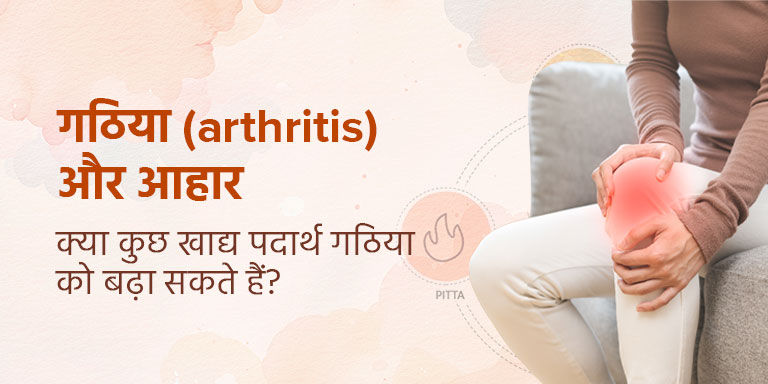Let us first understand what uric acid is, what its causative factors are and how to lower uric acid naturally.
What is uric acid?
Uric acid is a natural waste product from the digestion of foods that contain purines. Purines are found in high levels in some foods such as certain meats, sardines, dried beans and alcohol. Normally, your body passes out uric acid through kidneys in urine. But if you consume an excessive amount of purine in your diet or if your body can’t get rid of this by-product on its own, uric acid can build up in your blood.
Other factors like less intake of water, high dependency on medicinal drugs, and excessive intake of alcohol also lead to increased levels of uric acid in your blood.
If too much uric acid stays in the body, a condition called hyperuricemia will occur in which sharp, needle-like crystals get formed in the body. These crystals can settle in the joints and cause gout, a form of arthritis that can be very painful. They can also settle in the kidneys and form kidney stones. If left untreated, high uric acid levels may eventually lead to permanent bone, joint and tissue damage and kidney disorders. So, how to lower uric acid naturally?
Uric acid treatment
If you are looking for a solution on ‘how to reduce uric acid levels in Ayurveda’, then we have an answer for you.
In Ayurveda, high uric acid levels or gout disease is referred to as ‘Vatarakt’ due to the imbalance that it causes in vata dosha and raktadhatu (blood tissues). The impaired doshas travel through the channels of the body and get accumulated at the smaller joints causing damage to the tissues and bones of the joint which results in pain, stiffness, swelling and inflammation. Ayurveda treatment addresses the root cause of the disorder by offering personalised treatment that combines customised medicines, therapies, diet and lifestyle plans.
In many cases, when patients consult an Ayurvedic doctor in the initial stages of the disease, the symptoms can be managed effectively with the help of natural home remedies and a few diet and lifestyle changes. Therefore, it is advised to seek an Ayurvedic consultation or take ayurvedic medicine for uric acid as soon as you notice the symptoms to avoid its complications.
Tips to reduce uric acid levels naturally
- In case of increased uric acid levels, try to consume an acid alkaline diet to keep up the balance. Include banana, apple and carrot-beetroot juice and limit your intake of acidic foods.
- Coconut water is extremely beneficial for this problem, especially in the case of crystal deposits in the kidneys.
- Drink 2-3 litres of water every day to flush out the excess uric acid from the body.
- Avoid high protein diet like red meat, poultry, soybeans, tofu and soy products.
- Maintain a healthy weight as obesity has a direct correlation with more painful gout flare-ups, even at a young age.
An increased state of stress and anxiety can also raise the probability of inflammation, which in turn leads to hyperuricemia. Practice stress-relieving techniques like yoga and take sufficient sleep daily.
For other issues related to digestion, please consider taking ayurvedic medicine for digestion.




.jpg)
.jpg)
-का-असरदार-आयुर्वेदिक-इलाज.jpg)

























